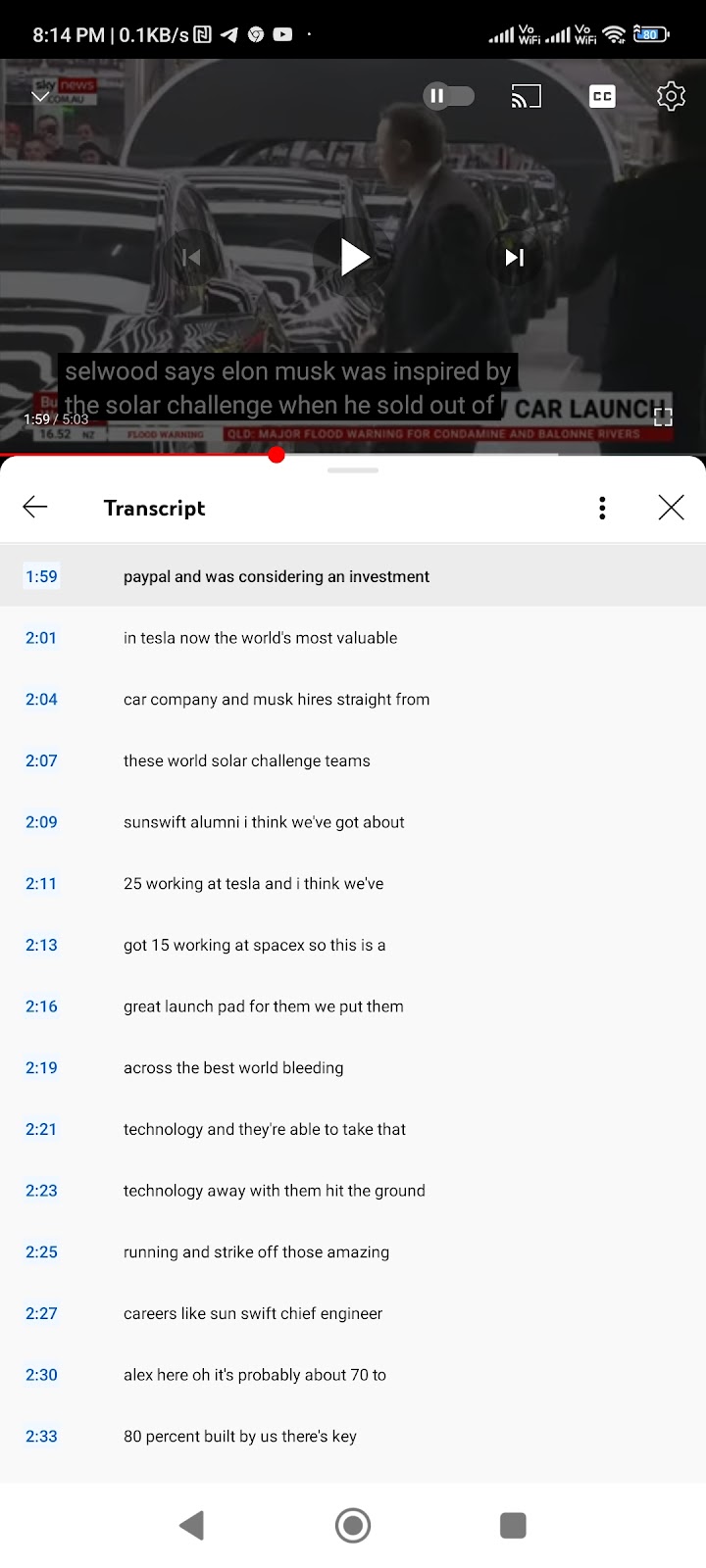Equatorial Borneo Solar Challenge
https://youtu.be/b3PEGDPt13Q.
"Aku setuju. Bukan saja Elon, aku pun terjangkit. Sekarang aku sebok mereka EV berdasarkan tenaga Solar, sampai kat akhir hayat ku lah. Sunswift ini ada lah kumpulan pelajar Australia. Akhirnya, mereka di ambil berkerja dengan Tesla dan SpaceX. Mestilah dengan pengalaman di WSC ini lah. Kenapa tidak yang di US? Nama itu. Terbuka juga kepada seluruh dunia. Paling jauh dan seronok sebab merentasi padang pasir, kebun kebun dan bandaraya. Aku hidupkan lah kempen ku untuk kita adakan Borneo Solar Car Challenge. Tawau to Kuching. Mampus lah orang naik gunung Kinabalu. Atau cukup saja dari Kota Kinabalu ka Kuching saja. Brunei kacau pula. Atau Equatorial Solar Car Challenge."
It is true. Even I was inspired by the Australian World Solar Challenge, especially the Cruiser Class. It represents a more practical application for Solar Car races. Due to the requirements of 1200 km range and less than 5 sq. meters of solar panel, it became more of an Electric Car race than a Solar Car race, with 90 % battery usage.
However, this video from Sky News Australia. What strikes me the most was how it encourages Elon and others to form Tesla. In fact, the participants for the World Solar Challenge were able to work in Tesla and SpaceX. These races are good in training future engineers.
If you want the YouTube channel Auto Focus by MKB, in a review of a Solar Panel Equipped Prius Prime Hybrid car, the sun was able to add 4 miles of range in a sunny day. If you do not travel far, your energy cast can be zero with solar panels.
The challenge is not only to increase the area of solar panel on a car, but to increase the electrical efficiency of the car. For the same amount of solar energy, a Prius Prime may get additional 4 miles of Electrical range. But a more efficient EV, may travel 8 miles, or even 16 miles, the average commute distance in USA.
it is ironic that World Solar Challenge started in Australia that does not have the highest amount of solar energy shining on earth. It is at the equator that the sun shines the longest and most intense. So, by right, solar cars are most useful at, or near, the equator. Nothing incentivises engineers to participate in a solar car race than that held at the equator. We can start from a beach at University Malaysia Sabah and ends at Pontianak, Indonesia, through the longest bridge in South East Asia in Brunei.
We can call this race, Equatorial Borneo Solar Challenge(Copyright, ©️): A Race to the Equator. This should not be a subsidised enterprise, but profit making. Participants are required to pay full costs in paying for the tests conducted by Road Transport Departments from Malaysia, Brunei and Indonesia. At the borders, participants must stop for immigration checks.
For safety reasons, drivers are not allowed to drive longer than 2 hours, so this determine the stop points. These checkpoints should be located every 200 km. The same driver cannot drive before resting for 30 minutes. So better swap drivers.
You can charge or swap batteries at these checkpoints but you lose time, similar to pit stops in F1 racing. They are also not allowed to race at night, similar to WSC.
The maximum dimensions of the car can be the same as WSC 2023, which is 5 m x 2 m. However, there should be no restriction on the area of the panels, only on the technologies, like WSC also, for the sake of cost and the environment. Please note also that short charging stops reduce the cost of the car because batteries need not be too big.
However, there should be no restriction on the size of batteries. Let us see, which is the most efficient.




Comments
Post a Comment